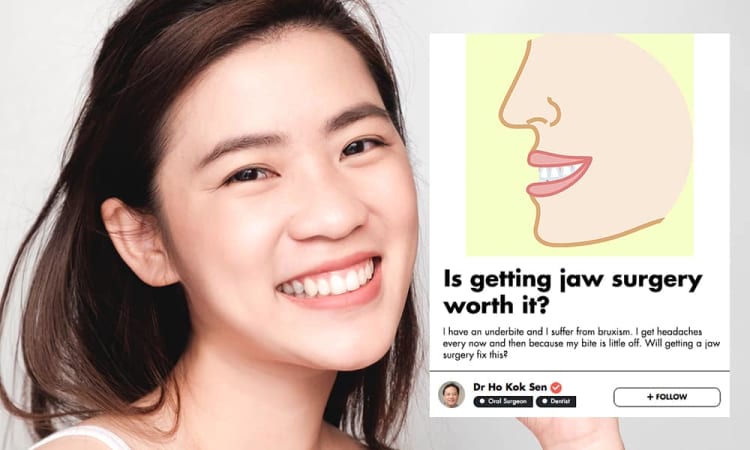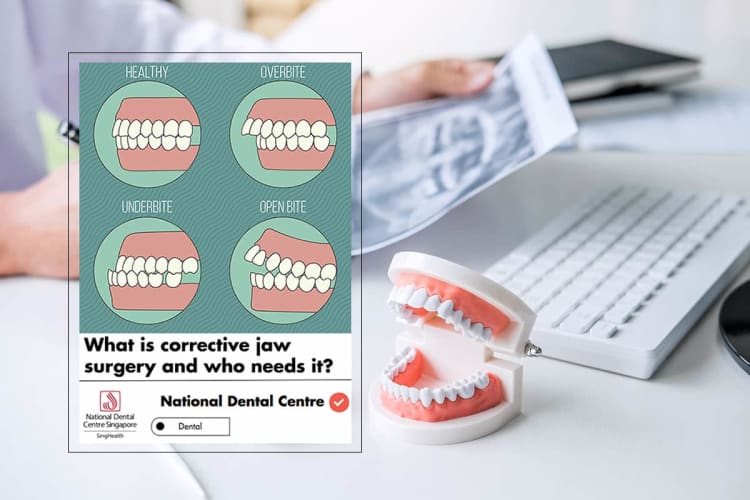A dental bite refers to how your upper and lower teeth fit together when the mouth is closed. The definition of a healthy bite is when:
- Your upper teeth fit a little bit over your lower teeth
- The points of your molars fit the grooves of the opposite molar
In this article, I will be focusing on the 3 most common bite problems and how they differ from one another among other things to take note of!
Read more to find out!
What is malocclusion?
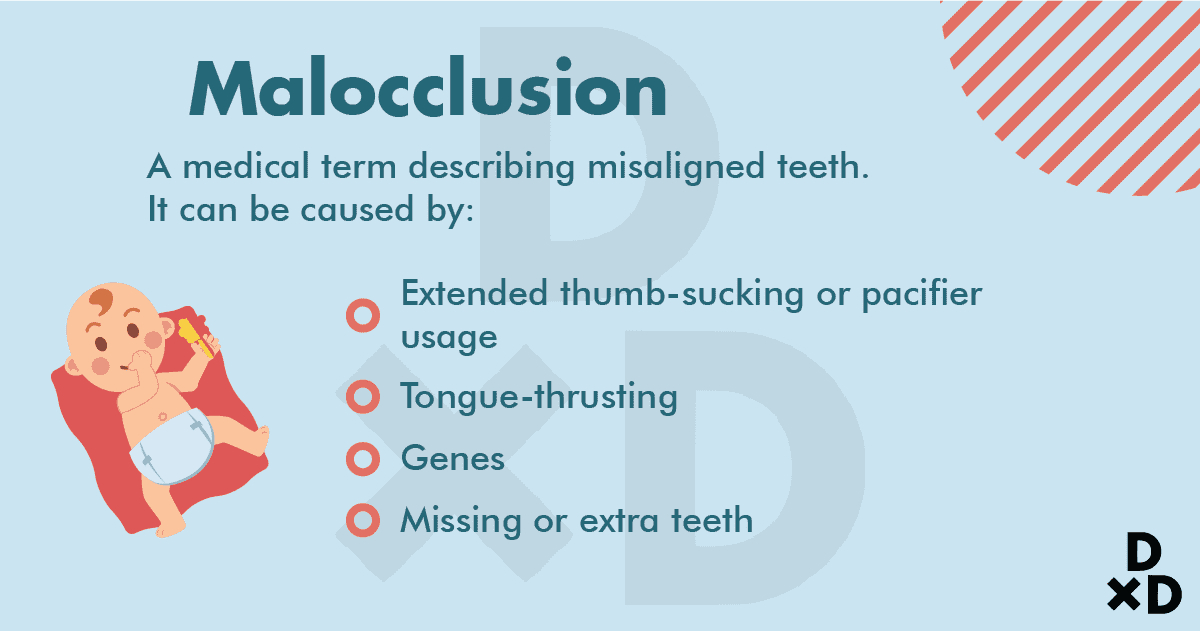
Malocclusion is a medical term that orthodontists use to describe teeth that are not aligned properly. The misalignment of teeth can be due to several factors that include [1]:
- Childhood habits such as sucking on the thumb or pacifier for an extended amount of time
- Tongue-thrusting, when the tongue pushes too far forward in the mouth
- Genes
- The size difference between the upper and lower jaw
- The size difference of the teeth and the jaw
- Missing or extra teeth
Diagnosing your dental bite
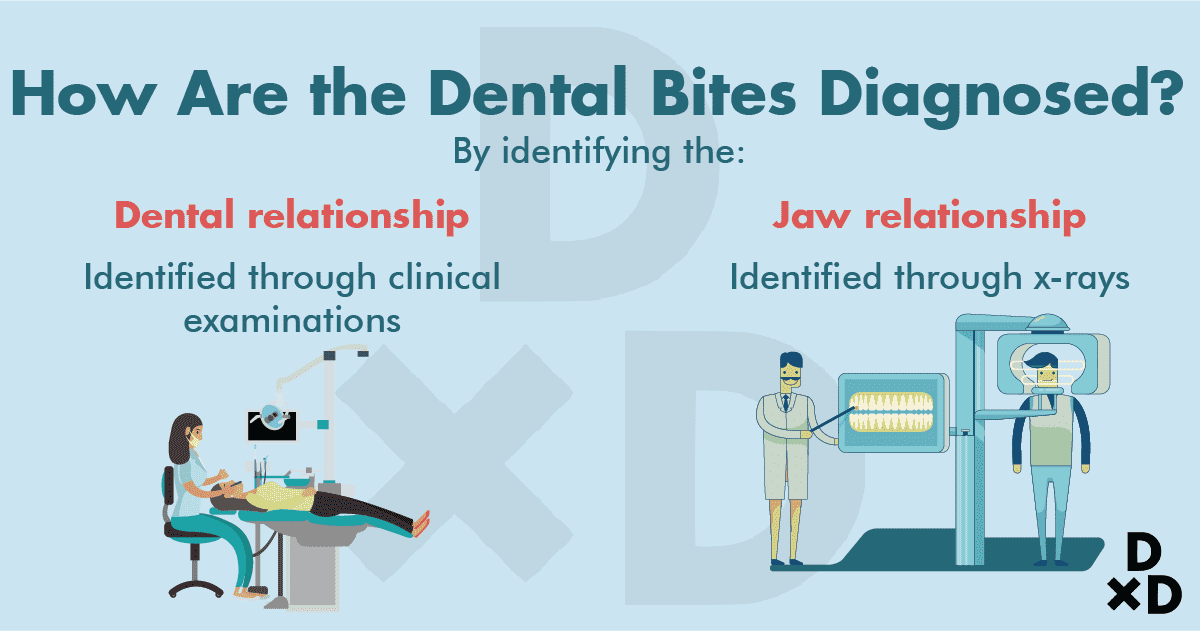
At the initial consultation, the orthodontist will perform a thorough examination of your teeth and facial structure in order to make a diagnosis based on your dental relationship as well as jaw relationship.
Dental relationship refers to how the upper and lower teeth are positioned against each other. Meanwhile, a skeletal relationship refers to the upper and lower jaw position in relation to each other as well as the skull base.
Although an orthodontist is able to easily identify the dental relationship through clinical examinations, identifying jaw relationships would often require x-rays to confirm. The orthodontist would send you for x-rays in order to view the structure of your teeth, roots and jawbone. The x-rays also allow for the orthodontist to examine and identify any other underlying dental issues such as impacted teeth, dental decay or infection
A model of your teeth would then be made from the impression/intraoral scan.
The orthodontist will also look for other bite problems and alignment issues before deciding on which is the most appropriate treatment plan for you.
So, what are the 3 most common bite problems?
Listed below are the 3 dental bite problems that commonly bring patients to visit an orthodontist.
Open bite

An open bite is when the front upper and lower teeth do not touch when the mouth is closed [2]. Specifically, the bite can be caused by:
- Thumb-sucking
- Temporomandibular joint disorder
- Tongue-thrusting
- Mouth breathing
- Skeletal problems
Deep bite

A deep bite is when the upper front teeth overlap the bottom front teeth excessively when the bite is closed [3].
The cause of a deep bite can be due to problems in tooth shape and size, jaw growth pattern and size or simply inherited.
For example, a deep bite is common in patients when their lower jaw is smaller than the upper. When the lower jaw is smaller, the upper teeth are positioned more forward than it should be. Thus, allowing the bottom teeth to grow until it hits the roof of the mouth.
That said, this problem can also occur in patients with normal jaw relationship. It is often caused by:
- An imbalance in the muscle forces
- Habits
- Changes in tooth position
- Lateral tongue-thrust habits
Crossbite
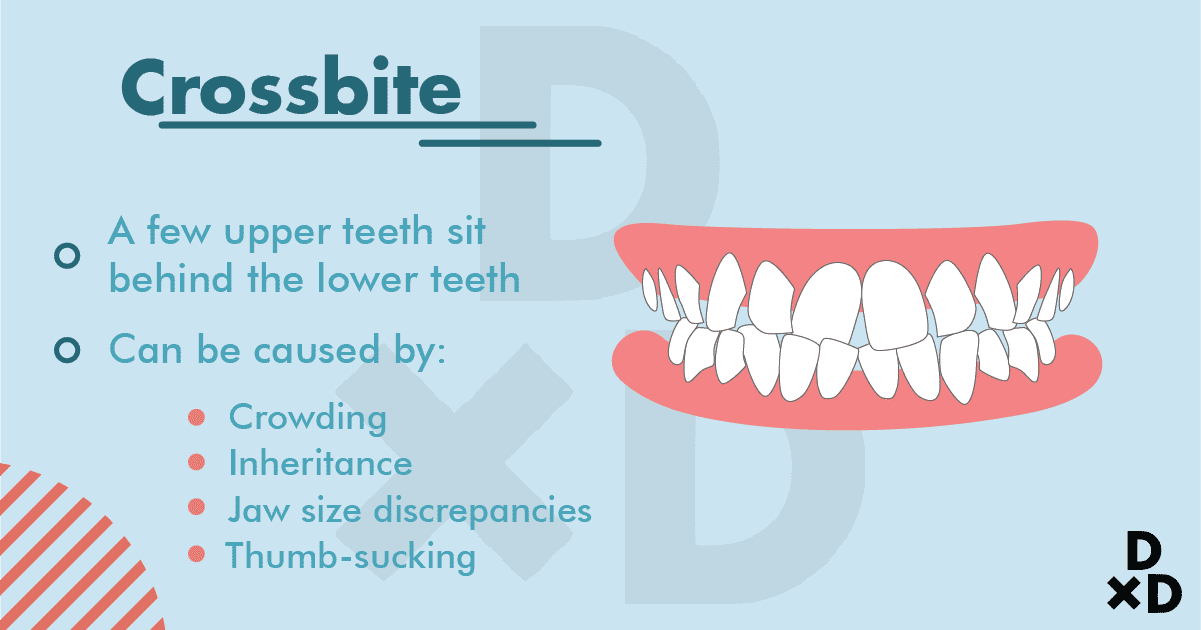
When a few of your upper teeth sit behind your lower teeth, you have a crossbite.
Crossbites involving individual teeth are most likely due to crowding. Meanwhile, crossbites involving multiple teeth are often hereditary and are due to jaw size discrepancies. However, they may also be due to thumb-sucking or delayed/abnormal tooth growth [4].
What are the potential problems you might face with these dental bites?

Listed are some problems that you will face for each specific type of bite:
Open bite
Deep bite
Crossbite
● Develop a lisp
● Prevents you from chewing food properly
● The back teeth can wear down and lead to discomfort and dental problems
● Over-erupted lower front teeth will tend to wear down more quickly
● Painful sores or ulcers may develop if the teeth are biting into the roof of the mouth
● Temporomandibular joint (TMJ) disorder
● Grinding of teeth
● Headaches
● Muscle tension
● Irregular enamel wear
How can I fix my dental bite problem?

Fixing your dental bite not only improves your physical appearance, but it improves your oral health as well. After treatment, your teeth will be much easier to clean, therefore reducing the risks of gum disease and tooth decay.
In fact, there are many treatment for dental bites. However, it does depend on the type and severity of the bite. To list, here are some ways your orthodontist may suggest to treat your bite:
- Braces
- Surgery
- Growth modification appliances, palate expander or maxillary expander
- Behaviour modification
All in all
In brief, there are 3 common bites; open bites, deep bites and crossbites. It is important for you to have a healthy bite as it can prevent certain dental problems.
Hence, if you have any one of these dental bites and it is affecting you in your daily life, you should seek help from an orthodontist to get a diagnosis and treatment.
%treatmentquote title=Get treatment quote for dental bites%
Dr Enrica Sham is an Orthodontist and Clinical Director at TLC Dental Centre. Besides that, she also serves as a part-time clinical tutor at the Faculty of Dentistry, National University of Singapore.
Also, read more of Dr Enrica Sham's QnA here.






